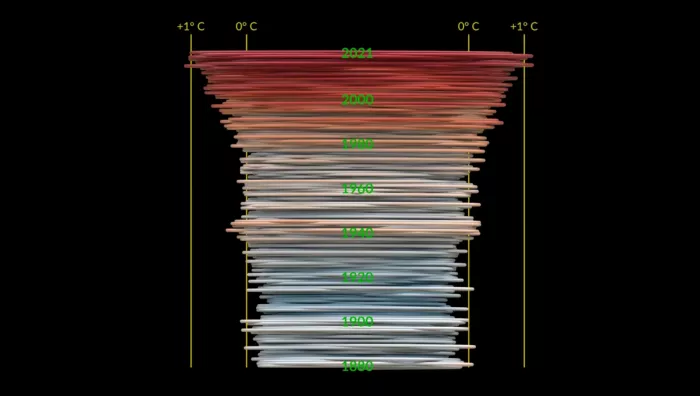The region has been seriously affected by climate change. Extreme high temperatures are common in May. But it's different in April and March, which are the hottest months in most parts of India in more than a century. Electric fans and air conditioners have pushed India's power demand to an all-time high.

70% of India's electricity comes from coal. As a result, the government is converting passenger trains to freight services to provide emergency coal supply to troubled power plants and to import more coal from abroad. Experts said that in the short term, India has no choice but to burn coal to maintain the operation of fans and air conditioners. But in the long run, it must transition to renewable energy to avoid the vicious cycle of warming.
A large part of India's population still works in the fields outside, in construction and in factories without cooling. More than 1 billion people across South Asia are at risk of fever. The hospital is preparing a special ward. The heat wave also hit at the critical moment of the wheat harvest in the region. In India's granary, Punjab, farmers complain about reduced crop yields and lower profits.
This is when India hopes to promote wheat exports to help make up for the global food shortage caused by the war in Ukraine. Suruchi bhadwal, director of Earth Science and climate change at the Institute of energy and resources (Teri), said that if countries do not do their best to reduce carbon emissions and limit the temperature rise to less than 2 degrees Celsius in accordance with the recommendations of the United Nations, the disappointing wheat harvest may be a harbinger of the future. India is already ringing the alarm for us.